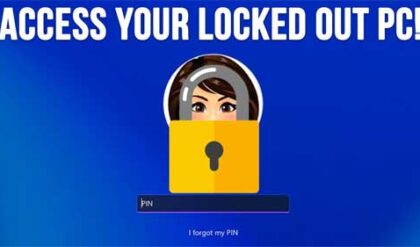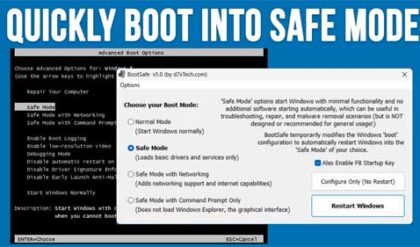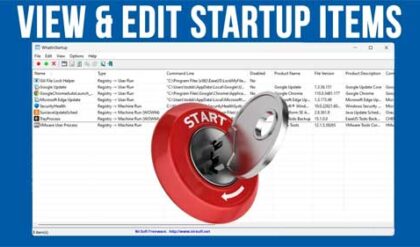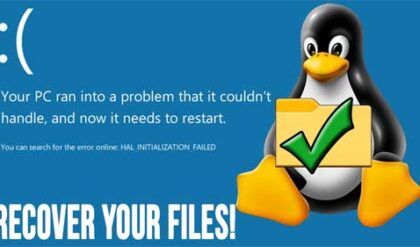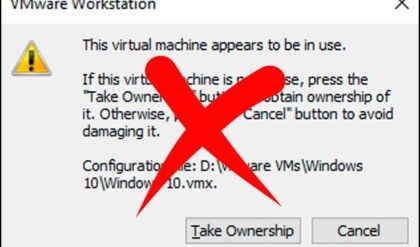Windows uses what is called a page file to store information when there is not enough memory (RAM) available to perform the current operations you are running on your computer. Windows automatically creates this page file on your hard drive for use if it runs low on memory. It is also possible to create your own custom sized page file on your hard drive or have multiple page files on different hard drives or partitions.
There is a known error related to the pagefile that you may see that causes your computer to lock up while Windows is starting. When this happens you may receive the following error message after you log on to Windows:
Limited Virtual Memory
Your system has no paging file, or the paging file is too small.
To fix this problem, go to System in Control Panel, click the Advanced tab, and under Performance, click Settings. On the Advanced tab, click Change. Click ‘Custom size,’ and then type an initial or maximum paging file size.
This error message can occur if Windows tries to create a paging file on an NTFS drive and the Administrators and System accounts don’t have the correct NTFS permissions on the drive. Windows will not operate correctly when there are issues with permissions on files or drives. Normally this is not anything you will ever have to change since Windows sets this up properly when its installed but things don’t always stay configured correctly.
FIX:
To fix this problem you need to give the Administrators and System accounts full control of the NTFS drive that contains the paging file.
If you are running Windows XP Home or Windows XP Professional but you don’t log on to a domain, you nee to start your computer in Safe Mode.
Open Windows Explorer or My Computer and right click a drive that is configured to use a paging file and click Properties. Click the Security tab to view the drives permissions.
Click Add, type computer namesystem, where computer name is the name of your computer and then click Ok.
Click Add, type computer nameAdministrators where computer name is the name of your computer. Make sure you put the s on Administrators. Click Ok, and then Ok again.
You can also click on Advanced and then Find now to bring up a list of users on your computer and select them from there.
Click on the System user and then click the Full Control check box. This will automatically select the other check boxes. Do the same for the Administrators user. Then click on Ok.
Restart the computer.

